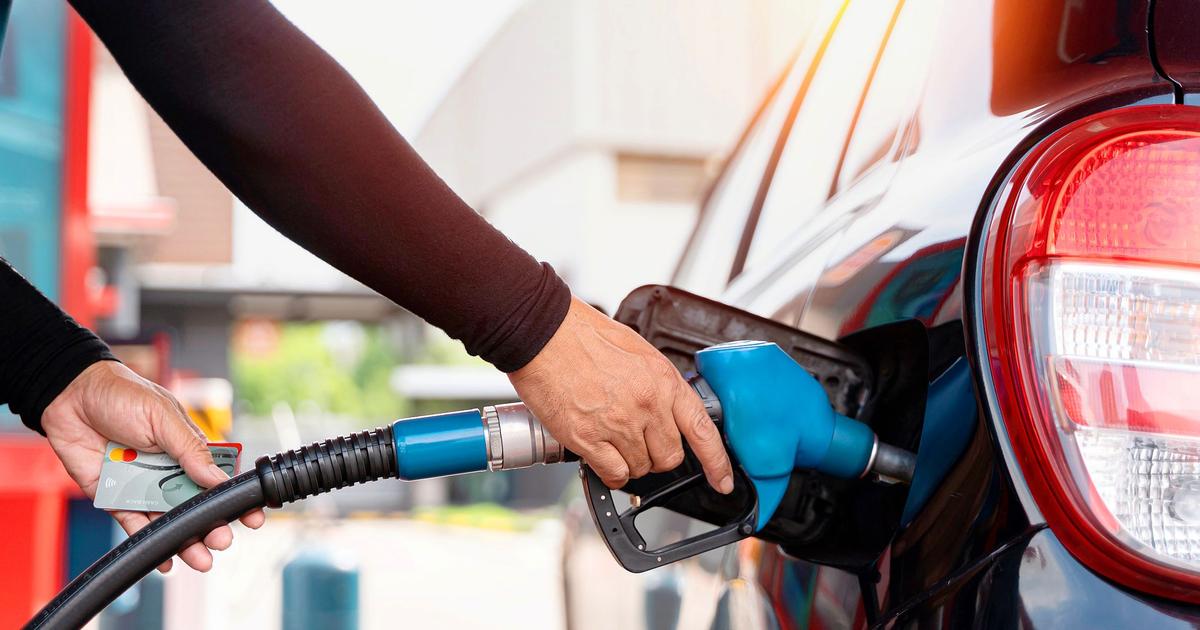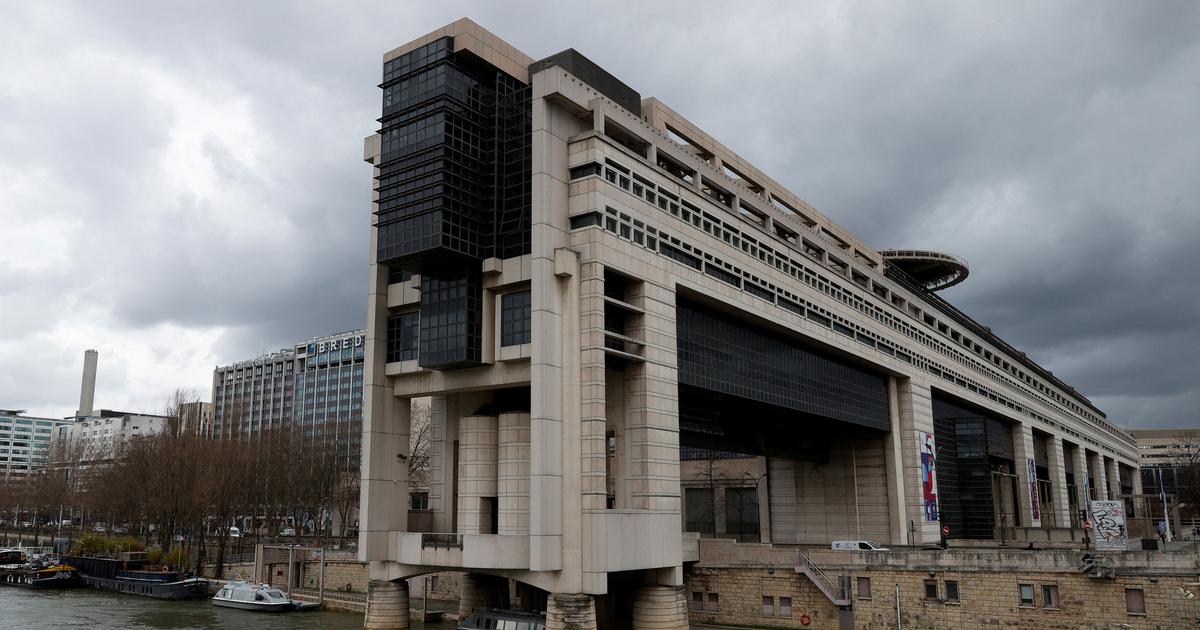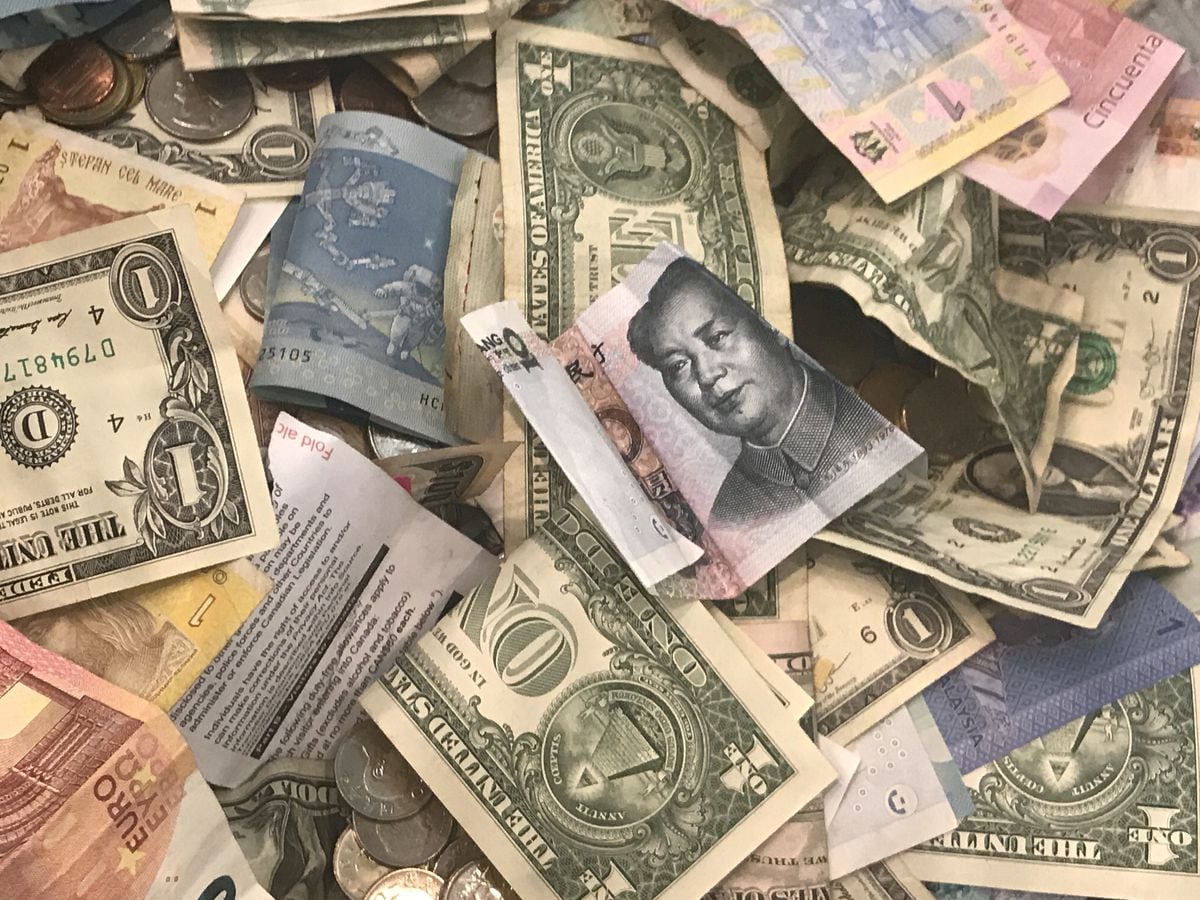Natalia Muscatelli
08/12/2020 - 18:14
- Clarín.com
- Economy
- Economy
In July, the sale of fuel and expenses with cards on supplies for construction would be showing signs of a tepid recovery in economic activity , after a second quarter marked by the weight of the pandemic. The use of plastics in service stations continues to grow moderately , at the rate of greater mobility in motor vehicles. And construction would begin to show genuine growth derived from “hard” post-quarantine stock renewals and consumption related to particular spare parts, "said the Real-time Consumption Monitor , which was presented by BBVA bank in different countries of the region.
In Argentina , another finding from the latest survey was that card payments -in the last week of July- were triggered by Hot Sale promotions , especially in purchases of non-essential goods. This would have cushioned the drop in sales seen in July. The promotions offered during the event organized by the Argentine Chamber of Electronic Commerce (CACE) brought about a significant upturn in the purchases of tickets, technology and equipment for the home.
Another peculiarity of local consumers is that, as a consequence of the pandemic and the prevention measures taken, new habits are being verified, such as fewer withdrawals at ATMs and a greater amount in cash withdrawals. In addition, the use of debit cards, but credit cards continue to lead the volume traded.
The indicators are constructed from the transactional information of the bank's clients, "duly aggregated and anonymized," the entity clarified.
Card expenses
In the case of consumption, the data comes from operations with credit and debit cards. When carrying out a transaction paid by card, data such as the date, item, amount or currency that define the operation are recorded in the database and become part of the indicator in less than 48 hours.
“The analysis of granular data in real time with 'Big Data' allows us to streamline decision-making for agents, institutions and policy makers, '' says Marcos Dal Bianco, chief economist at BBVA Research.
According to this private monitoring, the Autonomous City of Buenos Aires "shows a trend of recovery from the gradual opening of the quarantine from the second half of July," said the report that contains data up to August 5.
Among the aspects revealed by the work, is the expenditure on food. "After recording a significant peak globally, these purchases have been moderating, the bank said . There wasa big significant jump in March that later fell, albeit unevenly, according to the countries analyzed. In the domestic market, consulting firms that measure mass consumption also recorded a sales boom in supermarkets in March, something that slowed down in the following months.
According to the French monitor, "both in the United States and in Mexico, within a month, spending on food products recovered the previous behavior of the first two months of 2020. In Spain, Peru and Argentina they have remained above then ", he pointed.
BBVA consumption monitor
"Spain and Peru have had a striking growth in spending with food cards, although -in July- they have shown signs of stabilization but at high levels. In Argentina, purchases of the basic food basket were also placed at a higher pre-pandemic level , "around a 10% year-on-year variation in real terms," the report detailed.
Among other things, the survey also checked the ways in which users used their plastics. In this sense, as soon as the quarantine began, a logical drop in withdrawals at ATMs was verified.
"Since the end of May, the amount of cash withdrawn in each withdrawal has almost doubled the level at the beginning of the year. The amount of withdrawals is equivalent, on average, to 70% of the usual before quarantine.
Despite the recovery in mobility, a trend of less frequency of withdrawals and higher volume of withdrawals is beginning to consolidate , according to the financial institution.
Consumption with debit and credit cards show a similar behavior, although the former gained ground in the year-on-year comparison. Analyzing amounts traded, 68% of card purchases in 2020 were made with credit.
GB















